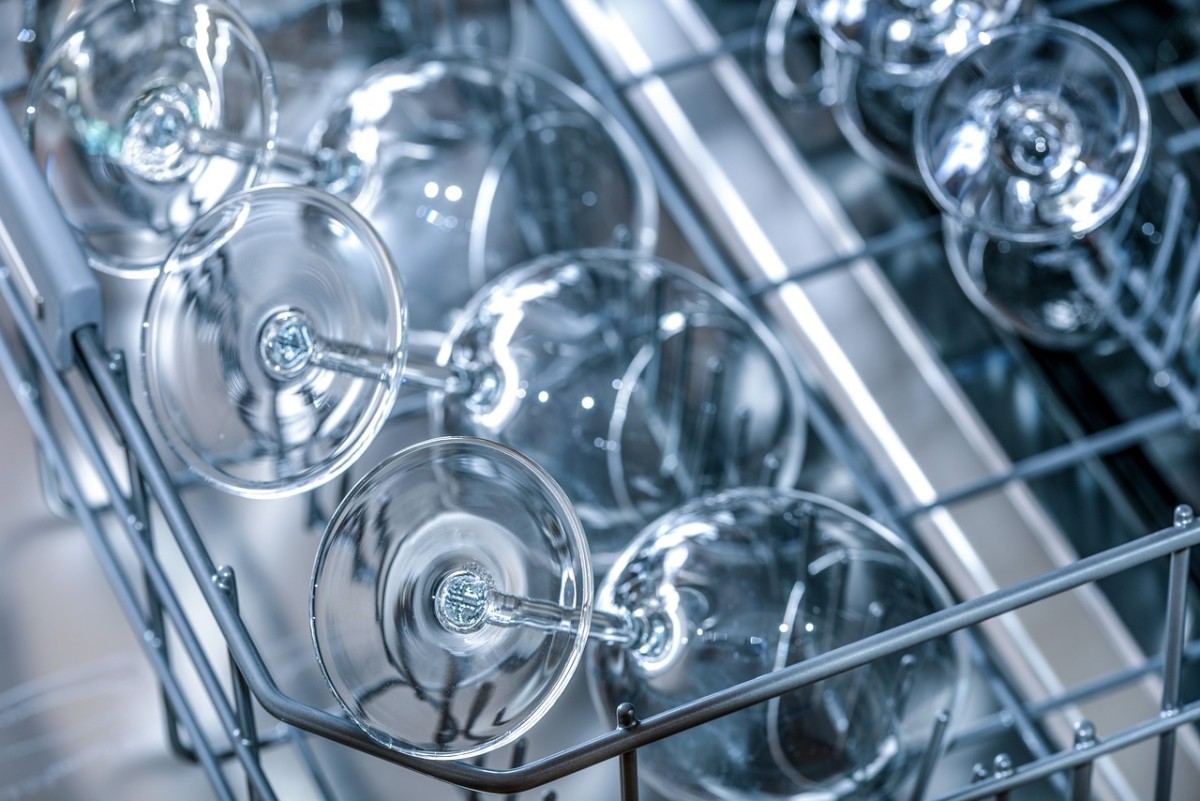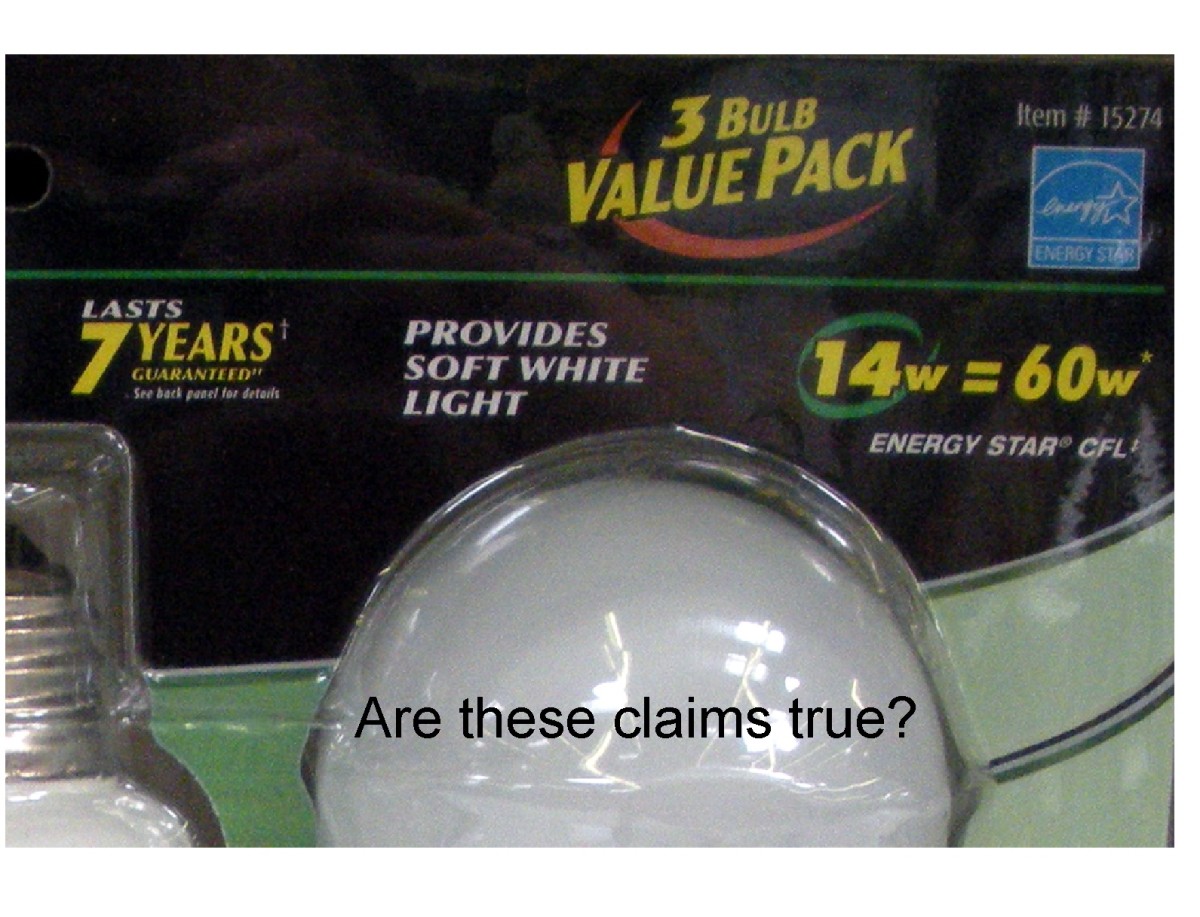Ways to Save Energy
The Time is NOW
With the INSANE climb in energy pricing over the last few years, San Diegans are scrambling to find new and old ways to combat their serious energy-usage problems.
This Summer, electric companies are introducing the new Super User Charge, which will effect everyone using over 1200kWh a month. Which is MOST San Diegans.
With summer just a few months away, now is the time to start optimizing your home for energy efficiency and start saving. Here are some helpful tips for an energy-efficient lifestyle that can save both the environment AND your pocketbook.
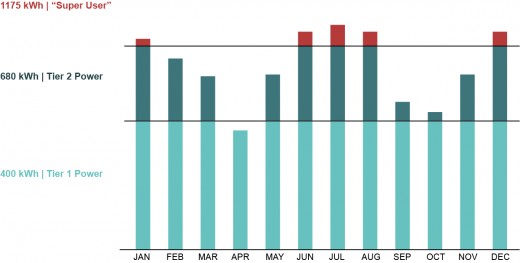
SUMMER
| WINTER
| |
|---|---|---|
Tier 1 Energy Usage
| $0.183 per kWh
| $0.168 per kWh
|
Tier 2 Energy Usage
| $0.387 per kWh
| $0.354 per kWh
|

Thermostats
One of the benefits of living in California, is that for the most part, we don't have "extreme weather" -- especially if you're in Southern California.
That means that there's only a small discrepancy between the ideal temperature of your house and the actual temperature of your house without AC or heating assistance. The greater the discrepancy between these two numbers, the harder your AC or heating unit is working to fill the gap, and that means MORE ENERGY.
So one way to save energy, is to decrease that number by "setting back" your thermostat. This simply means setting your thermostat as close to the outside temperature as you can tolerate. Don't crank your AC to 65 degrees and wear a jacket. If 75 or even 78 is comfortable to you, then set it to 75 or 78.
- 3 Dumb Things You Do With Your Thermostat That Cost You Money
Heating and cooling your home makes up almost 50% of your yearly energy bills.
People sometimes overshoot the target temperature, thinking that it will cool the house down or warm the house up faster. Not only does this not work very well, it uses huge amounts of unnecessary energy.
There's somewhat of a debate regarding whether or not "programmable thermostats" save you money. It's the wrong debate...
Saving energy has nothing to do with whether or not a thermostat is "programmable", but rather how you use it.
You CAN save energy by setting back your thermostat, whether it is programmable or not. The point is that the closer the temperature on your thermostat is to the temperature outside, the less your unit is working to make up the difference, and THAT saves energy.
If programming your thermostat helps you achieve this goal easier than setting it manually, then sure, programmable thermostats save energy.
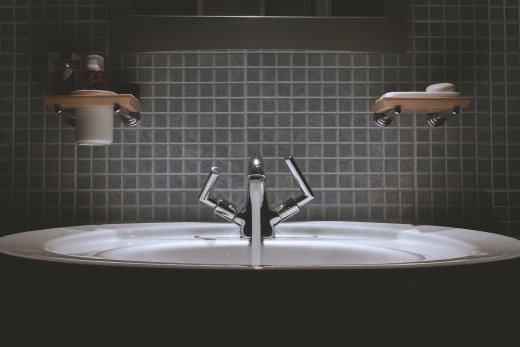
Water Heaters
Everyone looks forward to their hot shower at the end of the day. Or at the beginning! It's that relaxing routine we never want to do without, and so if there's anything we don't want to cut back on for energy savings, it's this one.
BUT there are still ways to save energy on water heating without having to sacrifice your hot shower.
Use Less Water. It doesn't necessarily mean you have to cut your shower short. You can reduce water usage without even noticing the difference by decreasing the flow rate of the water in your showerhead. Many new model showerheads flow at a slower rate than older ones, so just replacing this one piece of your shower could save you in the long run.
Use Less Heat. Water heaters can heat to very high temperatures, but they are adjustable. Try setting your water heater to the "warm" setting instead of hot. Many run at 140 degrees. Try setting it to 120. You can still run a comfortable warm shower without using the excess energy to heat the water to temperatures too hot for you anyways.
Another way to limit the energy use of your water heater is to install a timer that set's the time range in which you might use it. For instance, you don't need your water to be heated all night. You could cut out a lot of unnecessary usage by installing a timer.

Weatherize Your Home
Taking the time to weatherize your home can help save you money on energy in the long run. By air sealing, improving ventilation, and adding insulation to your home, you can significantly reduce how much you use your heating and cooling units.
- Air Sealing Your Home | Department of Energy
Reducing air leakage in your home saves money and energy.

Nature
Why use up extra energy on home appliances, when nature has already provided light, ways combat uncomfortable temperatures, and much more.
Instead of using a heating unit, try installing a wood-burning stove or use your fireplace more often.
Opening windows throughout the house and using fans instead of AC could turn your electric bill upside down.
Use "daylighting" instead of electrical lighting--skylights, light shelves, clerestory windows, light tubes, larger windows, etc.
Plant trees around the house to shade it from the heat.
You can even save on dryer loads by letting your clothes air dry on lines and racks.
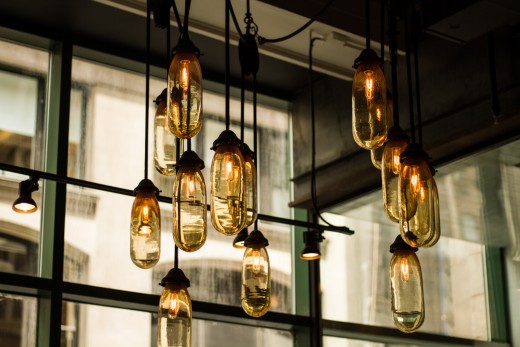
Artificial Light
Of course at night, we all need to use a little artificial light. But even that can be optimized for energy efficiency. Many homes have traditional incandescent bulbs that require large amounts of energy, but only utilize 10% in giving off light, throwing the other 90% away as heat.
Try switching to newer, energy-saving bulbs that use less energy to operate and try tricks like decorating your house with pale colors and using dimmers to reduce the amount of light you need to go about your daily life.

Electronics & Appliances
You probably didn't think about it, but refrigerators and freezers operate by the same concept as your home's AC unit. The hotter the temperature on the outside, the harder the unit has to work to keep the internal temperature cool.
Keep your fridge and freezers away from other appliances such as the stove or dishwasher, which output a lot of heat to do their jobs. Keep them away from heating vents or areas exposed to too much sunlight.
Ever heard of Energy Star? It's not a hoax. The Department of Energy and the Environmental Protection Agency has labeled specific appliances and devices to be far more energy-efficient than others under their ENERGY STAR program. If you have a choice, choosing an appliance or electronic that is rated efficient by ENERGY STAR can really help you save your bill AND the environment.
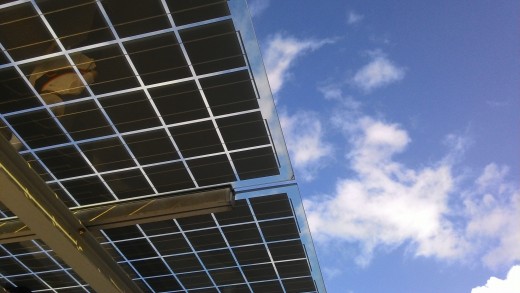
Solar Panels
Well all know that sometimes, saving money requires spending some first. It's called "investing". One of the best investments you can make as a homeowner towards saving on energy, is going Solar.
For the typical San Diego home, a 9.27kW system will produce more than enough energy to power every light and appliance in your home for a very, very long time. It seems like a no-brainer, but that initial $29K investment in scary. So, let's pull it apart to see if solar really does save, and how on earth it's possible to recoup that kind of investment.
First of all, there's a 30% federal tax credit for installing solar panels that will quickly drop that investment down to just $20K. Still a lot? Check out what you'll save!
Taking into account average energy price of the new 2-tier system with the Superuser Charge, you can save up to $4200 annually by switching to a solar system. of that size.
That means, that (depending on where you live) your solar installation will not only pay for itself in 5 - 8 years, but you will continue to save that $4K every year after that.
That's A LOT of energy savings.





